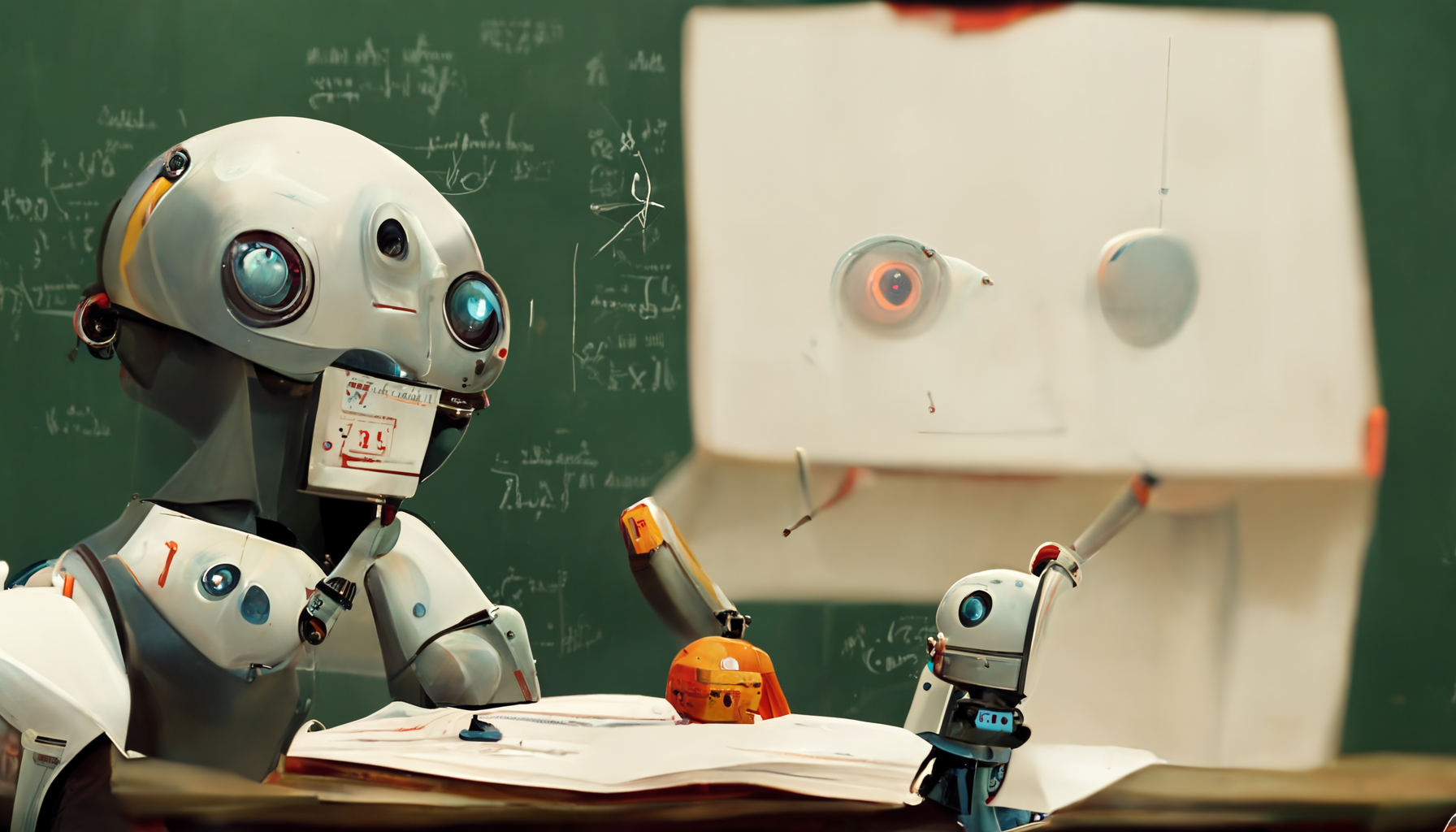Tomorrow's Turing Tests

Alan Turing proposed the test in 1950 as a way of determining whether a machine can be said to think. The test works by having a human judge engage in a conversation with two other participants, one of whom is a computer. If the judge cannot tell which of the two is the artificial intelligence, then the machine is said to have passed the test.
A key advantage of the Turing test is its straightforward applicability. Unlike other proposed tests of machine intelligence, which require complex infrastructure and elaborate scoring systems, the Turing test only requires an interrogator and a machine. This makes it relatively easy to conduct and compare results across different experimental conditions.
The test has been used as a measure of artificial intelligence in numerous settings, including court cases, debates, and academic competitions. In recent years, there has been a growing interest in using the Turing test as a way to assess the progress of artificial intelligence. This has led to the development of more sophisticated versions of the test, which take into account advances in machine learning and natural language processing.
There are several challenges that need to be addressed in order to improve the Turing test. First, the test is limited in its ability to evaluate certain kinds of intelligence, such as creative or emotional intelligence. Second, the test relies on human beings as the ultimate arbiters of machine intelligence, which means that it is subject to biases and errors. Finally, the test does not take into account the context in which a machine is used, which can impact its performance.
One way to test additional kinds of intelligence is to modify the Turing test so that it includes tasks that require creativity or emotional intelligence. For example, instead of simply asking questions about a topic, the interrogator could ask the machine and human participants to come up with a creative solution to a problem. Alternatively, the interrogator could ask the machine and human participants to express their emotions about a given topic. These kinds of modifications would require the development of new scoring systems, but they would provide a more comprehensive assessment of machine intelligence.
One approach to remove human biases from the test is to use a computer as the interrogator. This would ensure that the questions asked are fair and unbiased. Additionally, using a computer as the interrogator would also eliminate the need for a human judge to determine which participant is the machine. However, this approach would need to be carefully designed so that the questions asked by the computer are not too difficult or too easy for the machine. Otherwise, the results of the test would not be meaningful.
A strategy to take into account the context in which the machine is used is to modify the scoring system. Instead of simply awarding a point for each correct answer, points could be awarded based on how well the machine performs in relation to other machines or human beings in similar contexts. This would provide a more accurate assessment of the machine's intelligence.
Despite many challenges, the Turing test remains a valuable tool for assessing artificial intelligence. With further refinement, it has the potential to become an even more powerful measure of machine intelligence.
